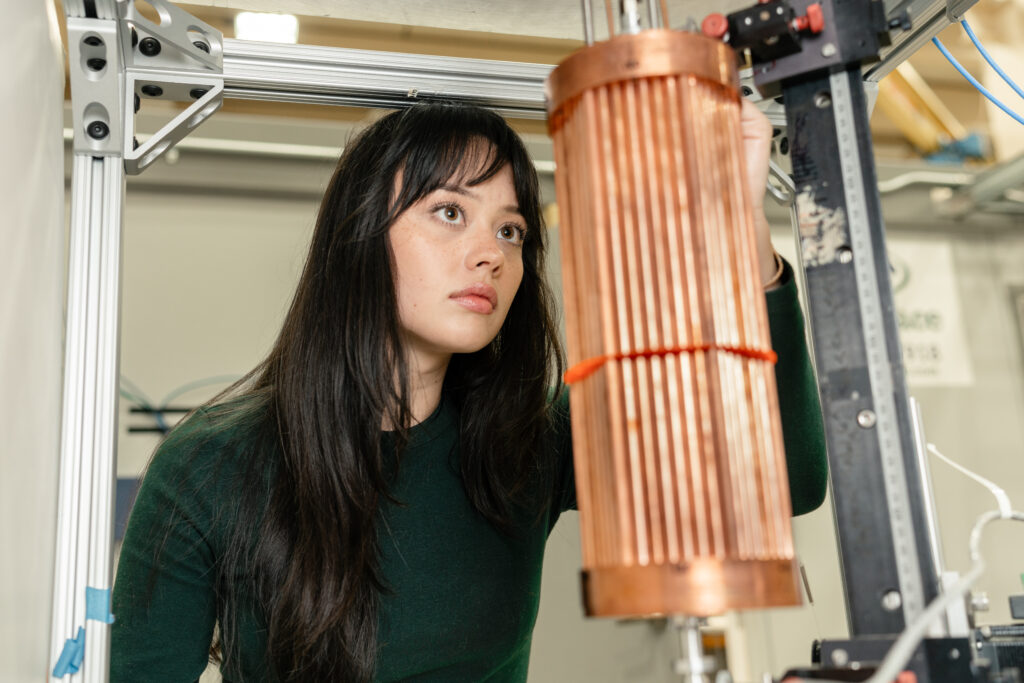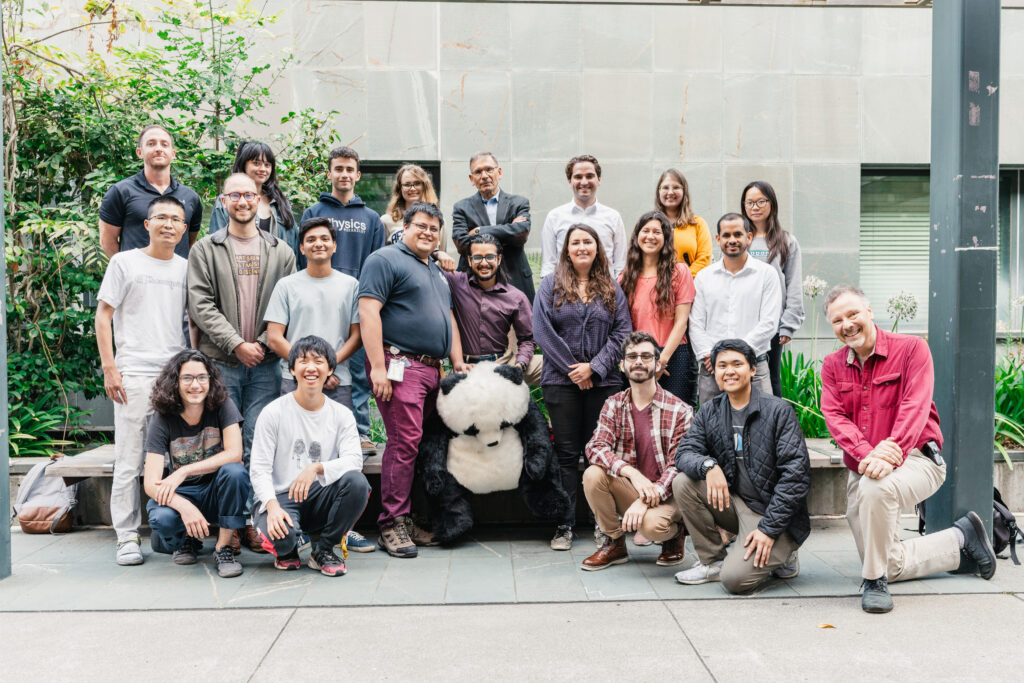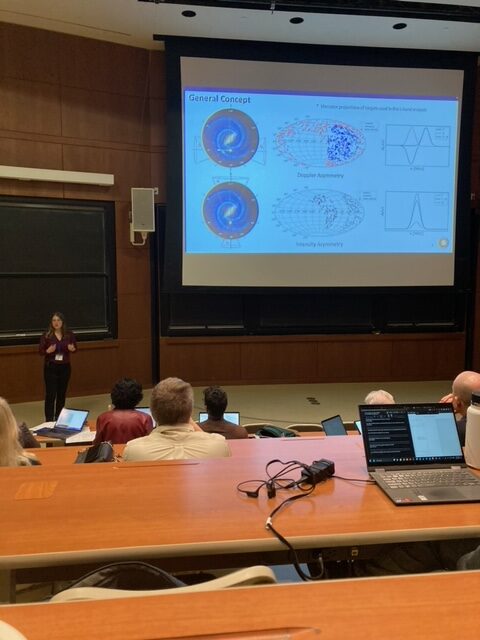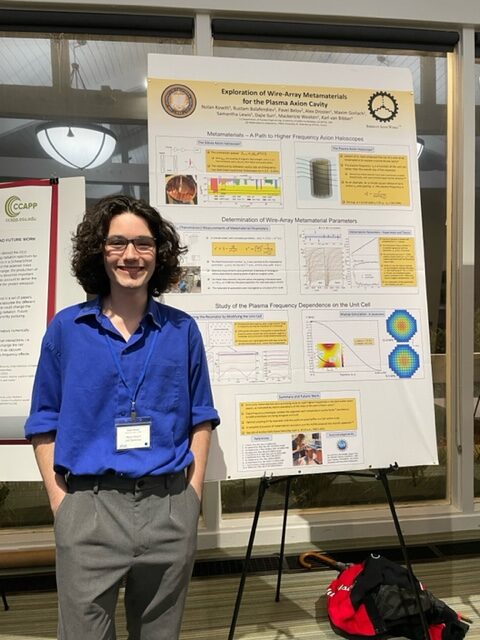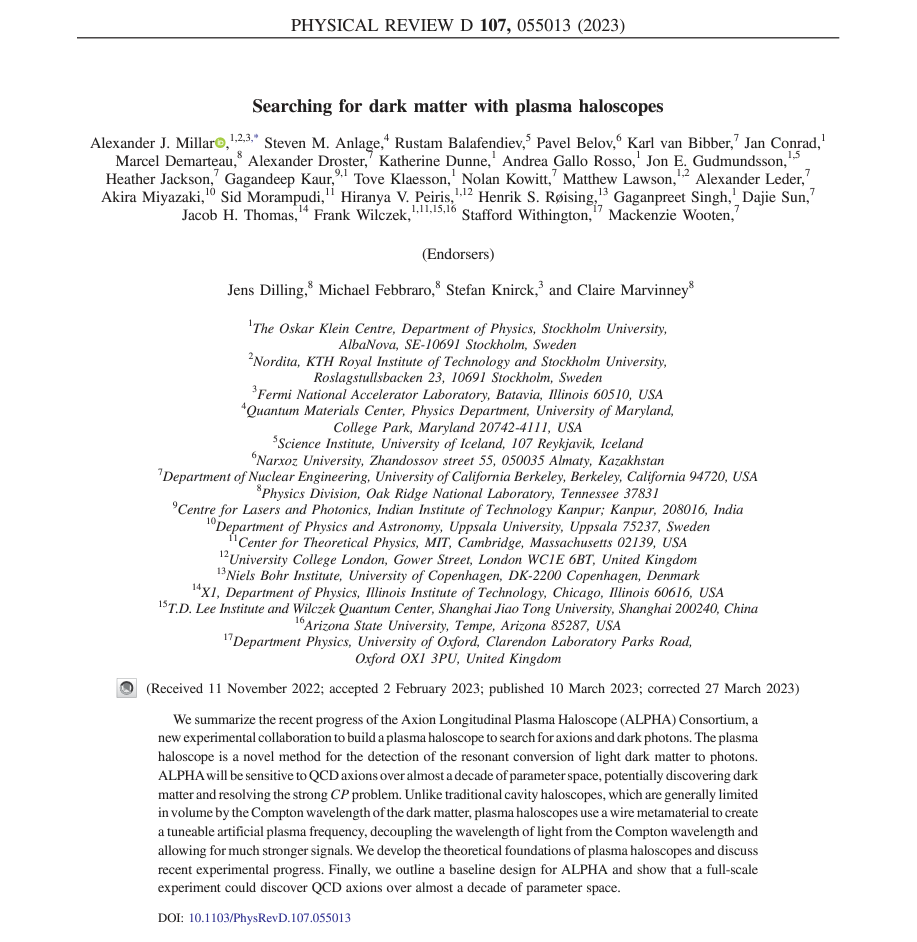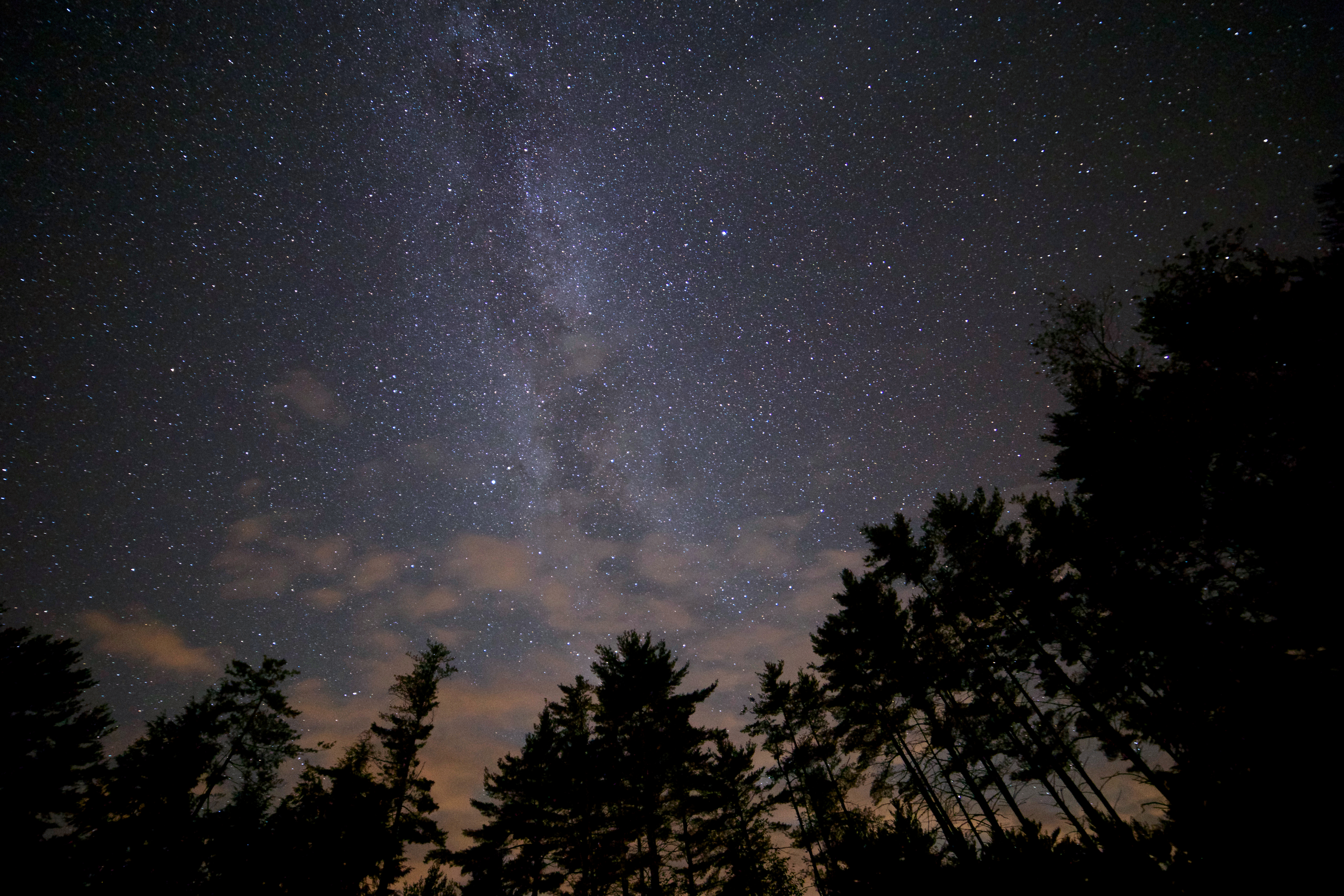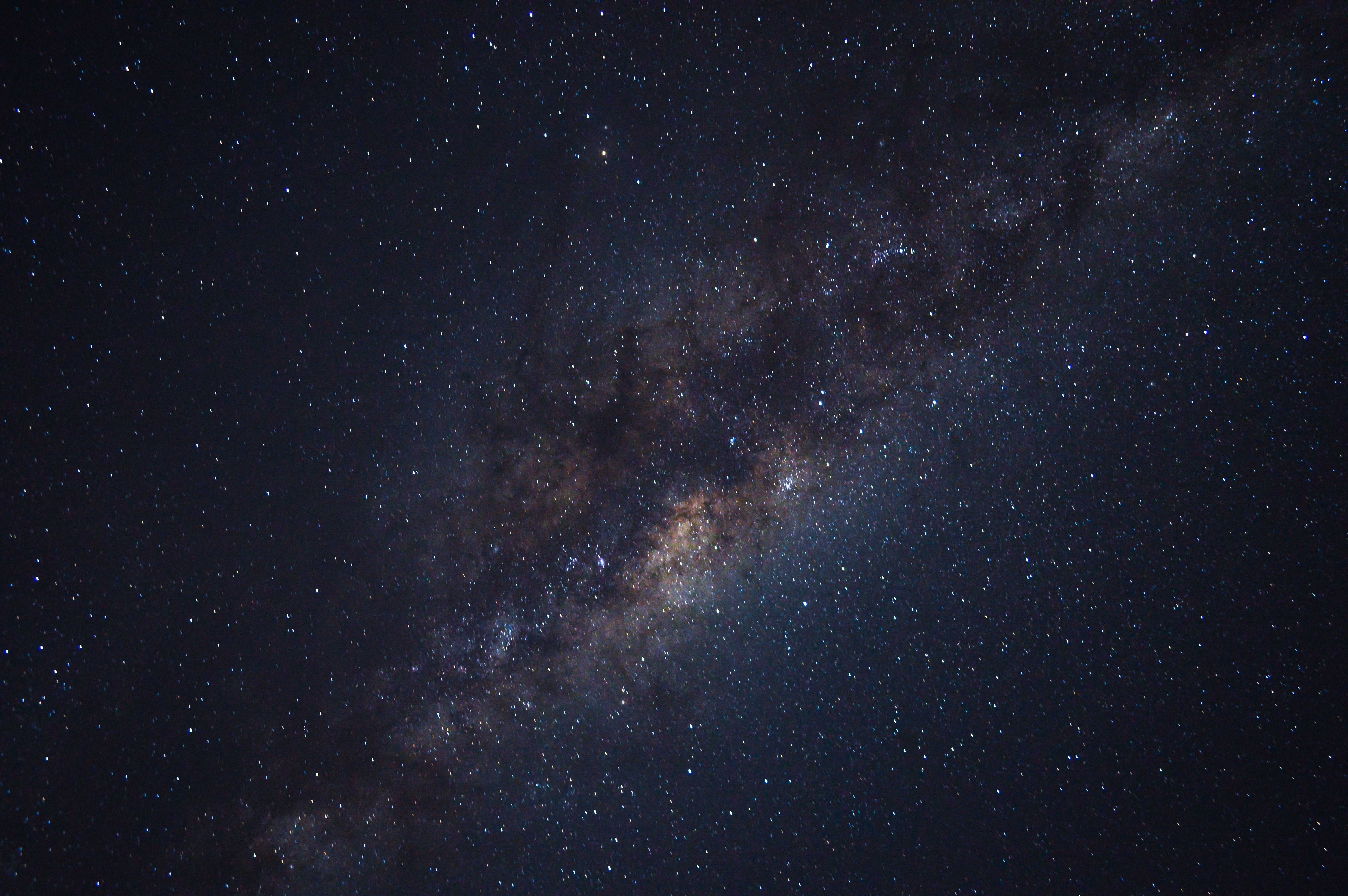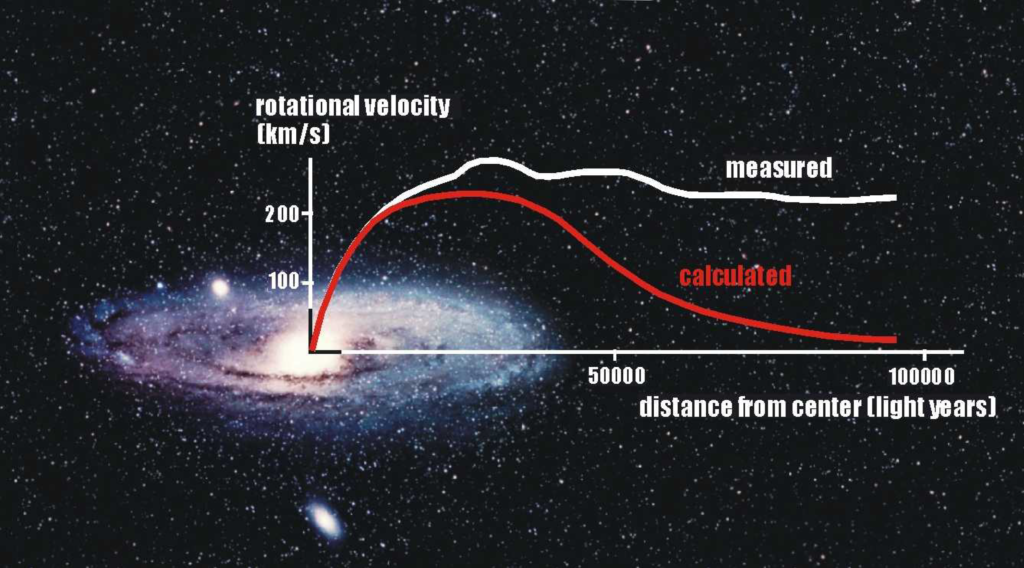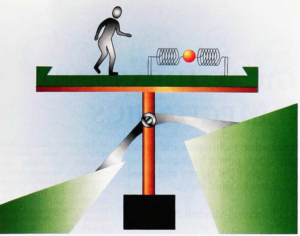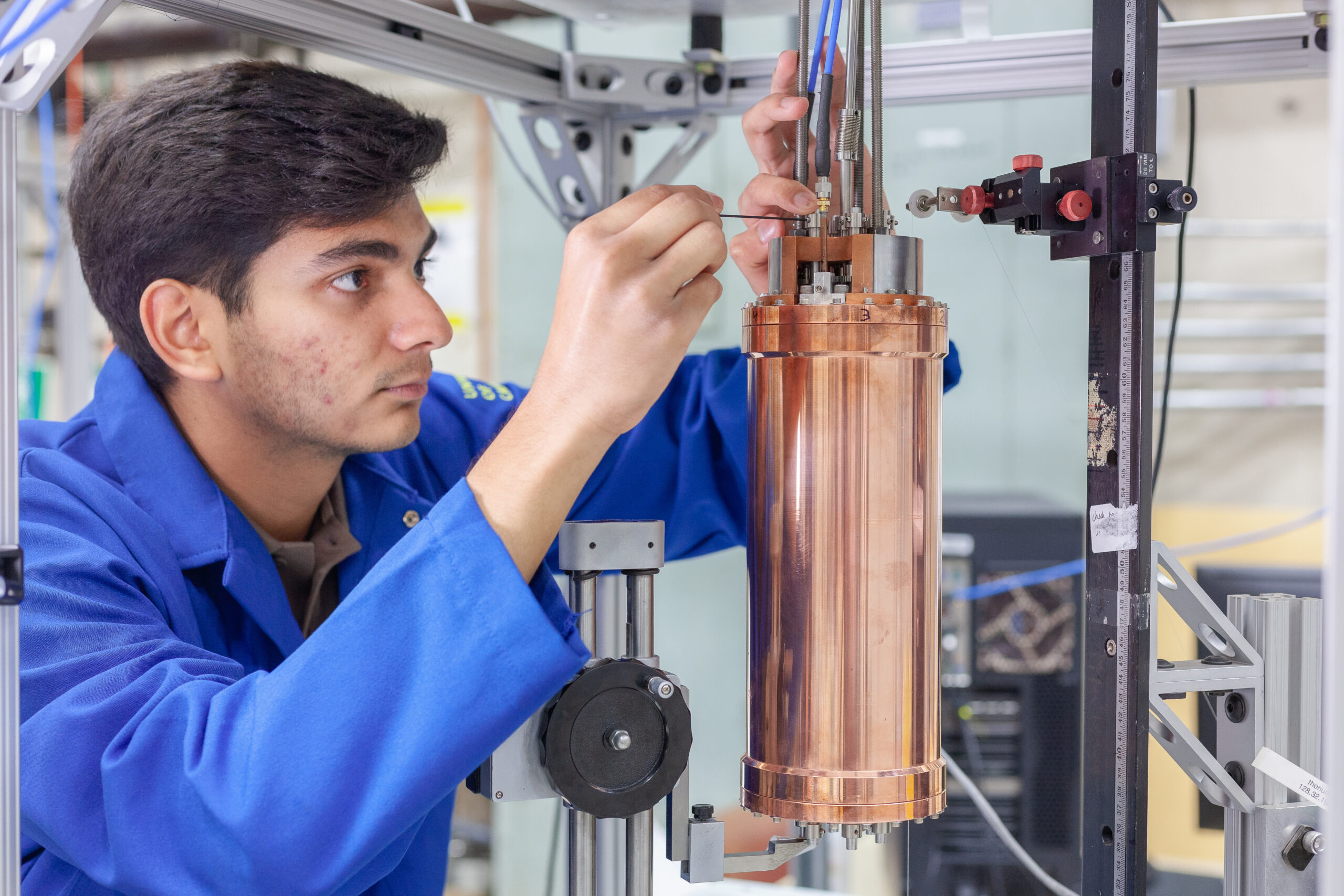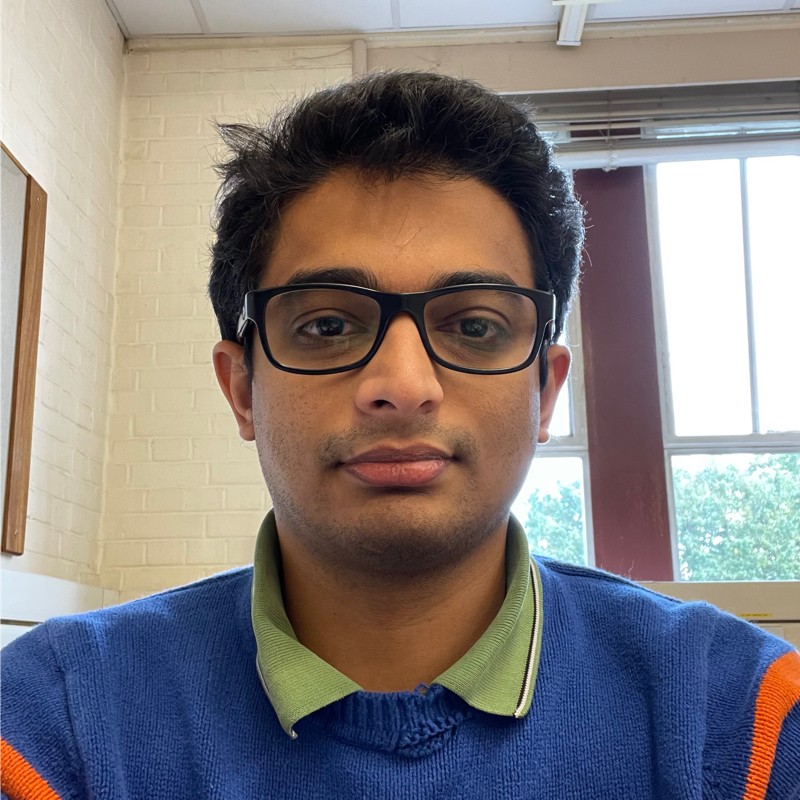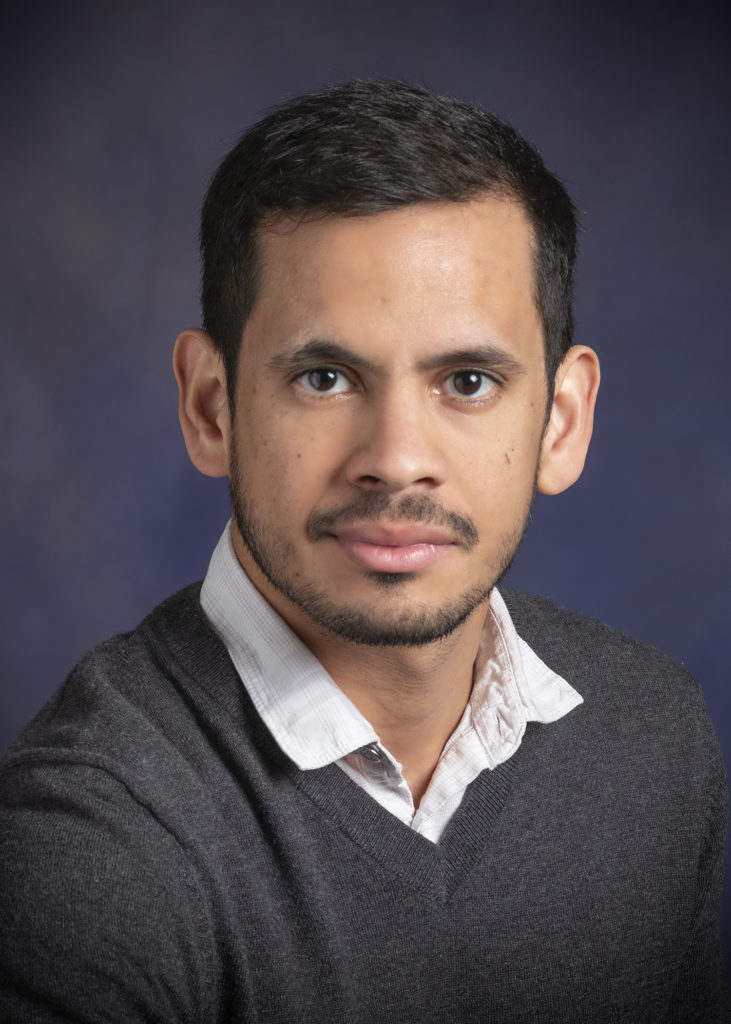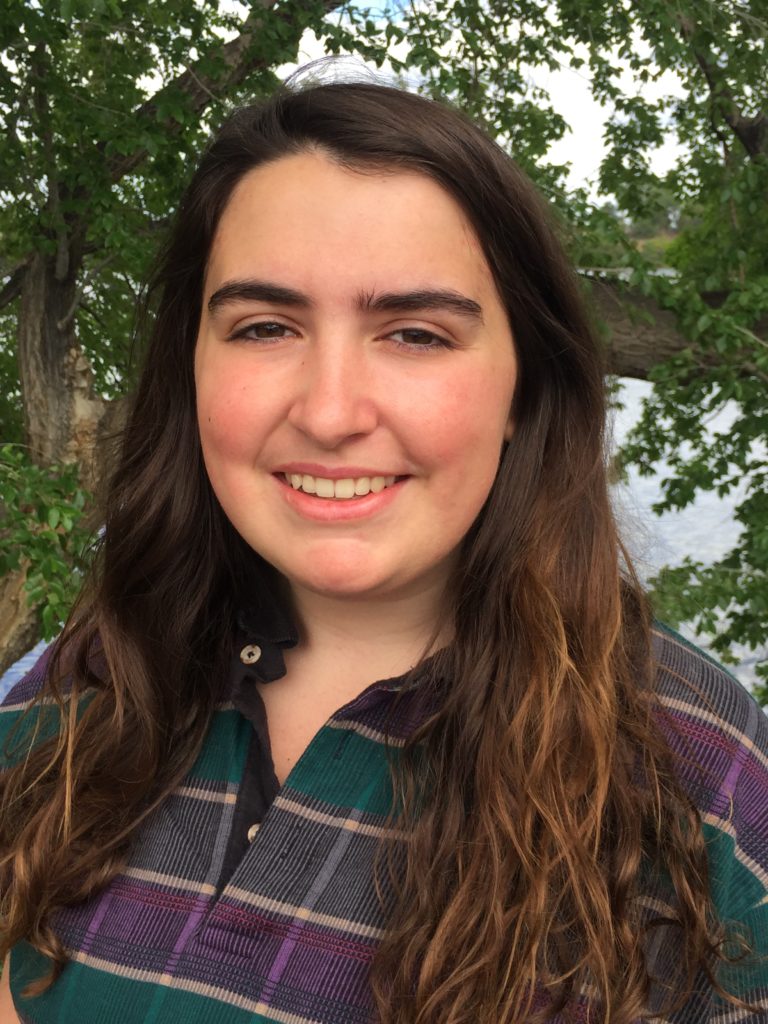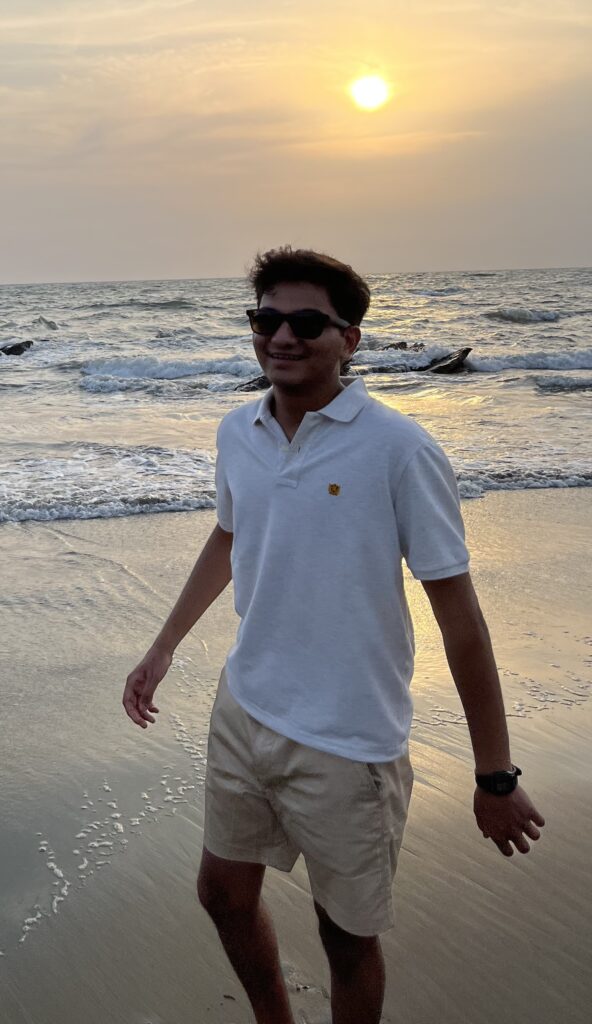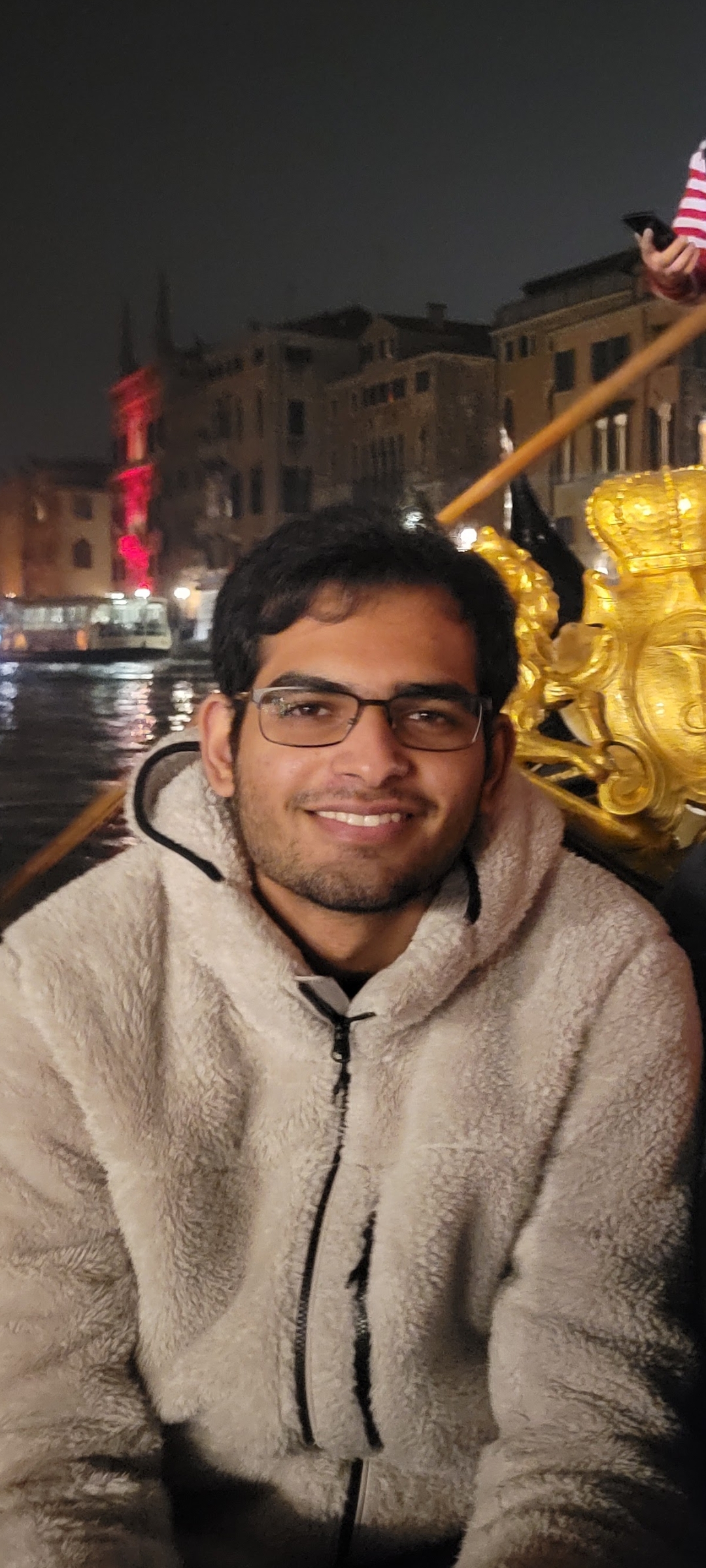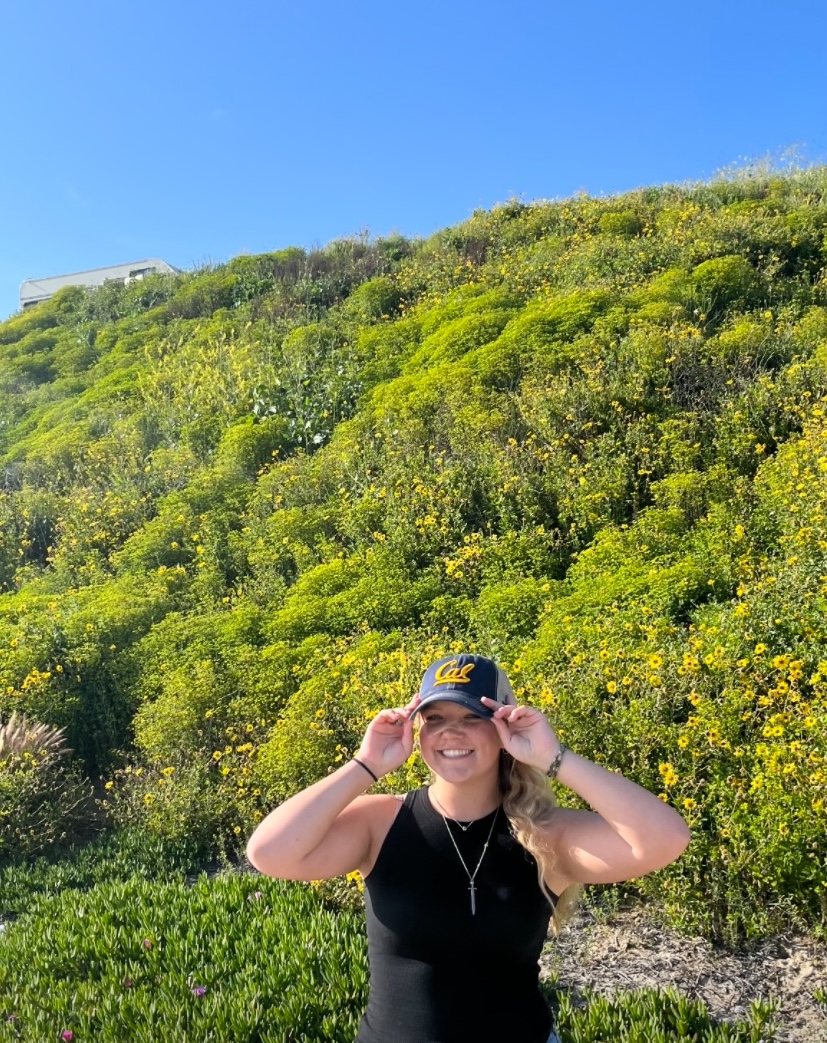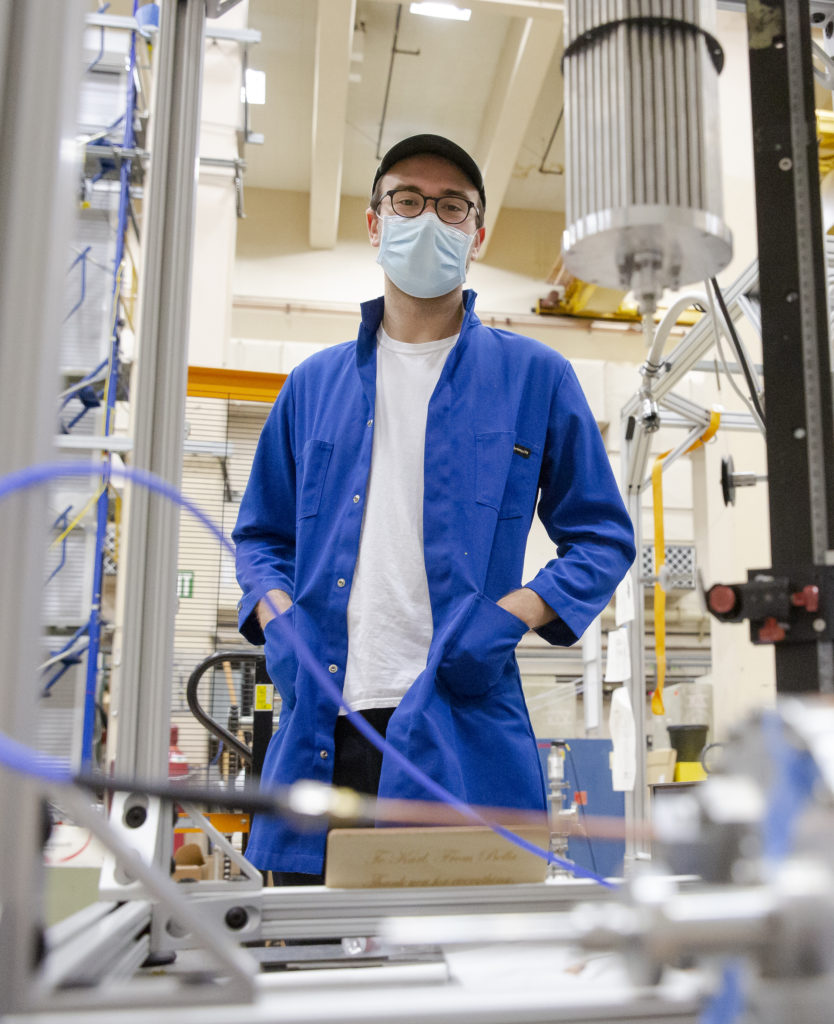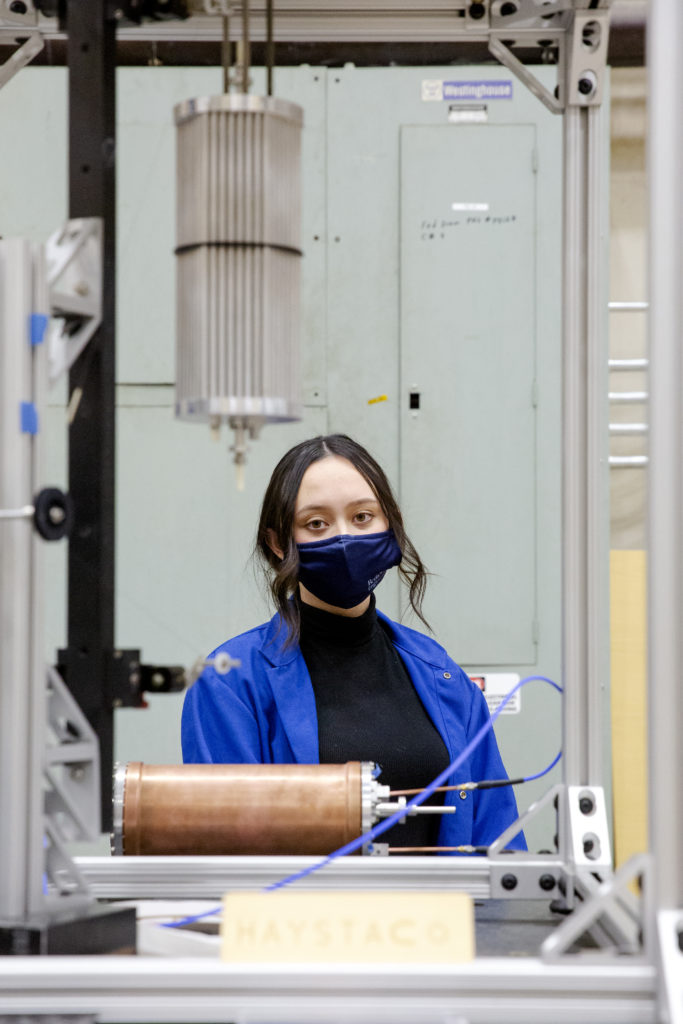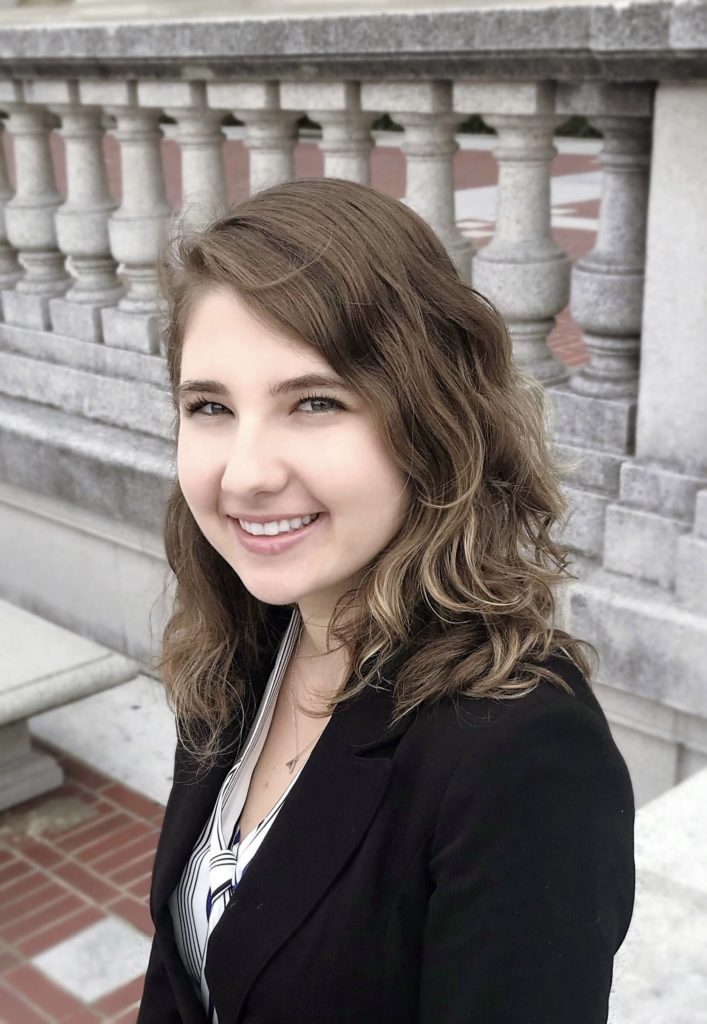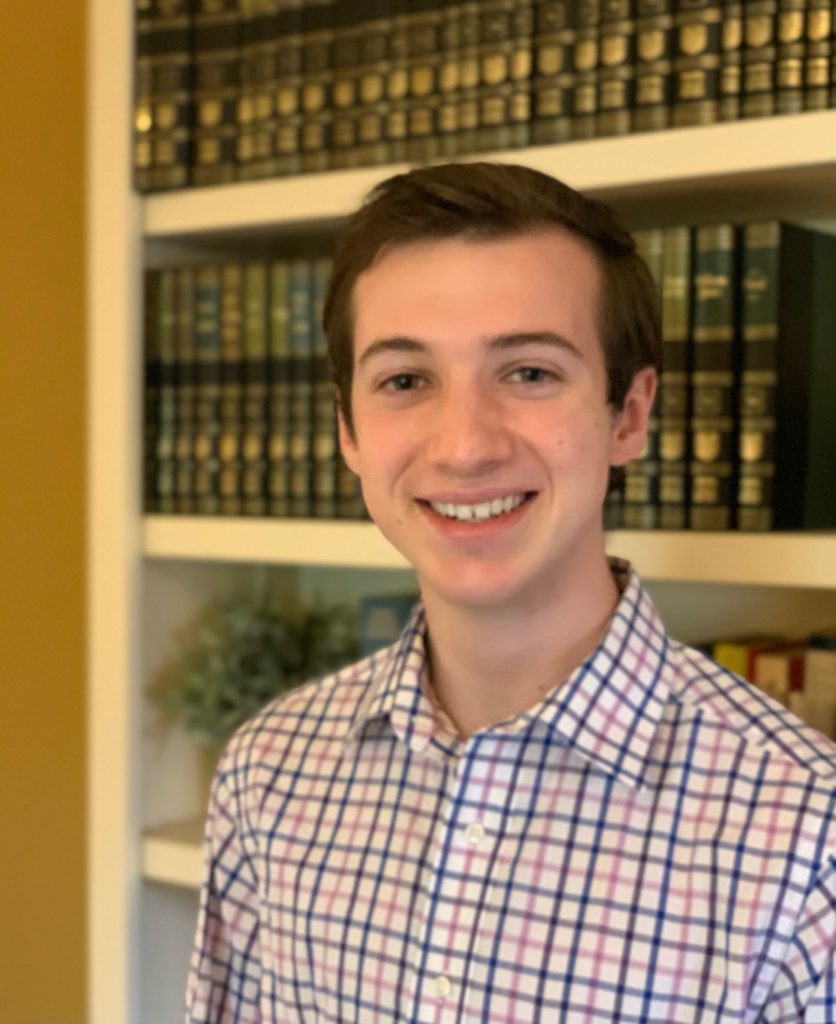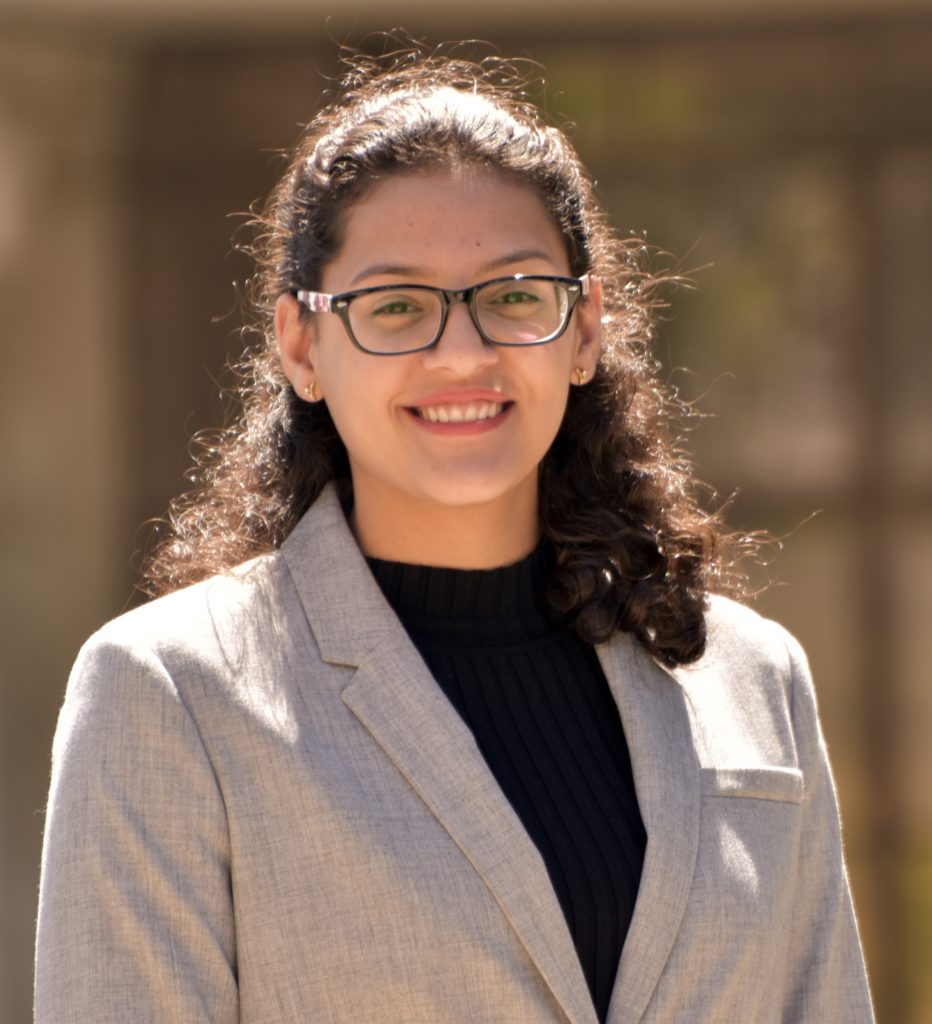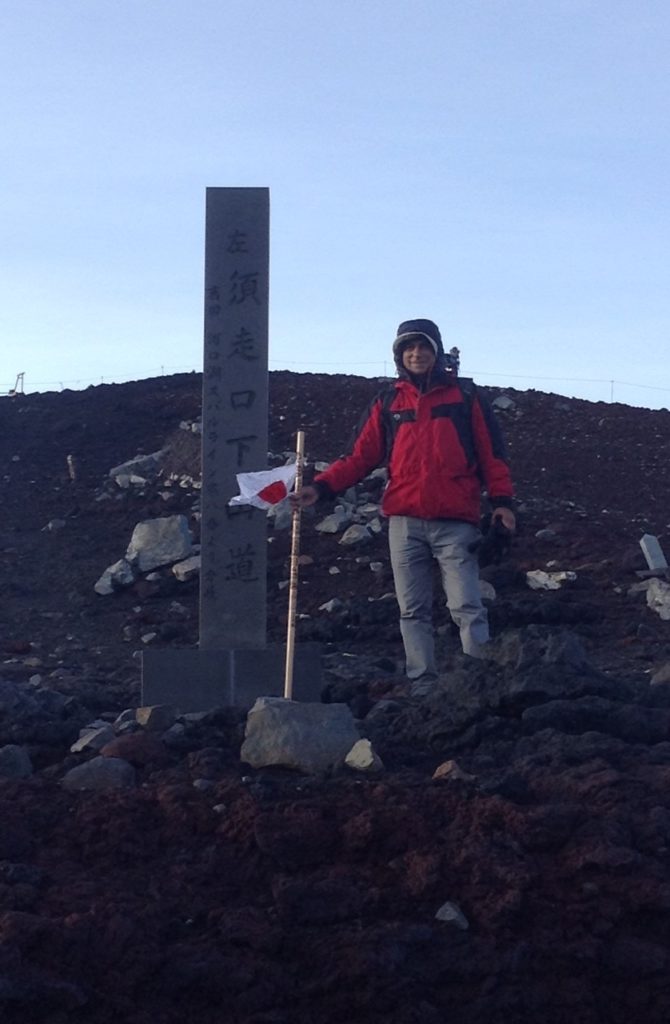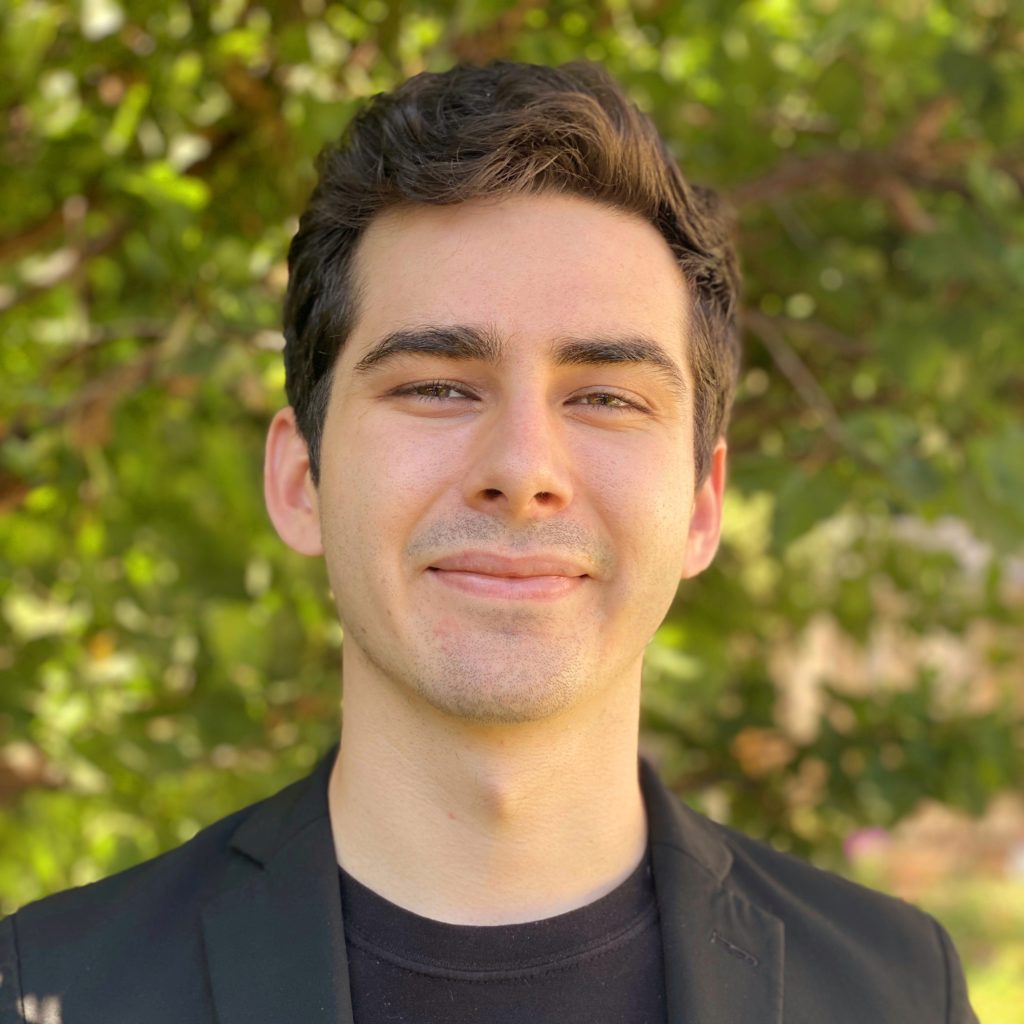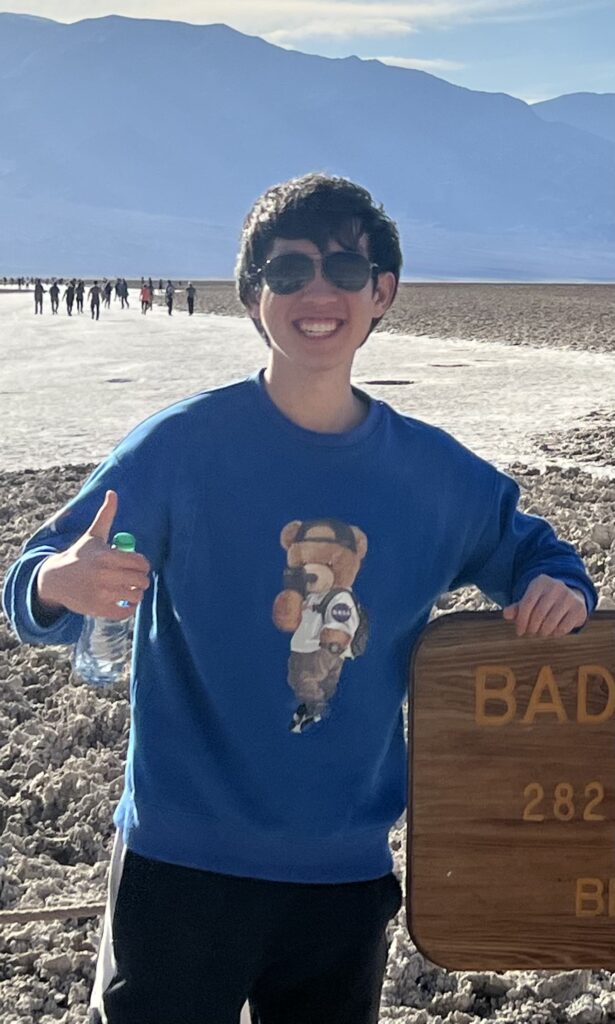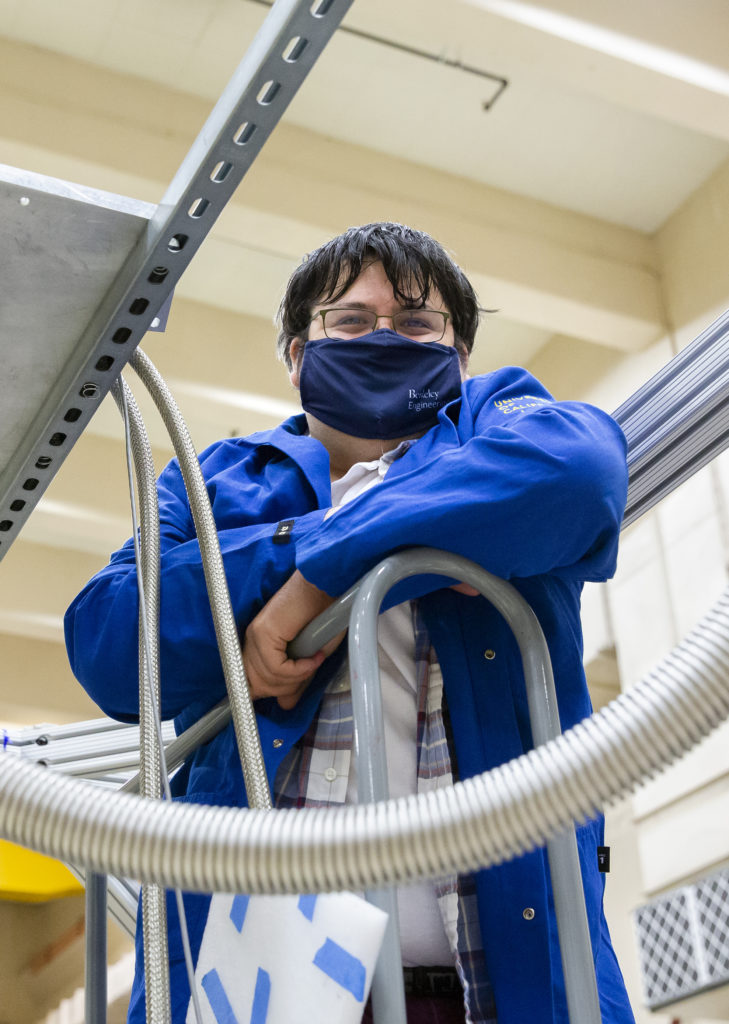“Neutron Stars as Axion Laboratories” awarded $1.71 M
A proposal by Ben Safdi (Physics), Karl van Bibber (Nuclear Engineering) and John Tomsick (Space Sciences Laboratory) has been awarded $1,712,715 for three years by the Peter and Carmen Lucia Buck Foundation of New York City. The three-year project aims to search for axions emitted from neutron stars, both as they are just born, and in their youth and middle age. The first thrust of the project, GALAXIS is building and testing a prototype fine-grain calorimeter that would be deployed on a constellation of CubeSats to search for gamma ray bursts from Type II supernovae. Such a gamma ray burst would definitively indicate the existence of axions above 100 μeV in mass; its absence would set strict limits on them. The second thrust will be looking for axions converting to a monochromatic radio signal in the intense magnetic fields of young pulsars, neutron stars of age in the thousands or millions of years.
Three New PhDs from the Berkeley Axion
Three members of the group completed their theses in Spring 2025, left to right in the photo:
Aya Keller (thesis: Astronomical and Resonant Circuit Based Searches for Ultralight Dark Matter) has been named a Karl van Bibber Postdoctoral Fellow at Stanford University, working in the Kent Irwin group.
Prof. Karl van Bibber in grey regalia with his students.
Alex Droster (thesis: Searching for sub-μeV axions with DMRadio) has been named a KIPAC Fellow at SLAC, working jointly with the Noah Kurinsky group and the Ken Irwin group.
Heather Jackson (thesis: Design and Fabrication of High Frequency Resonators for Axion Dark Matter Searches) will be working in industry.
Congratulations to our new graduates!
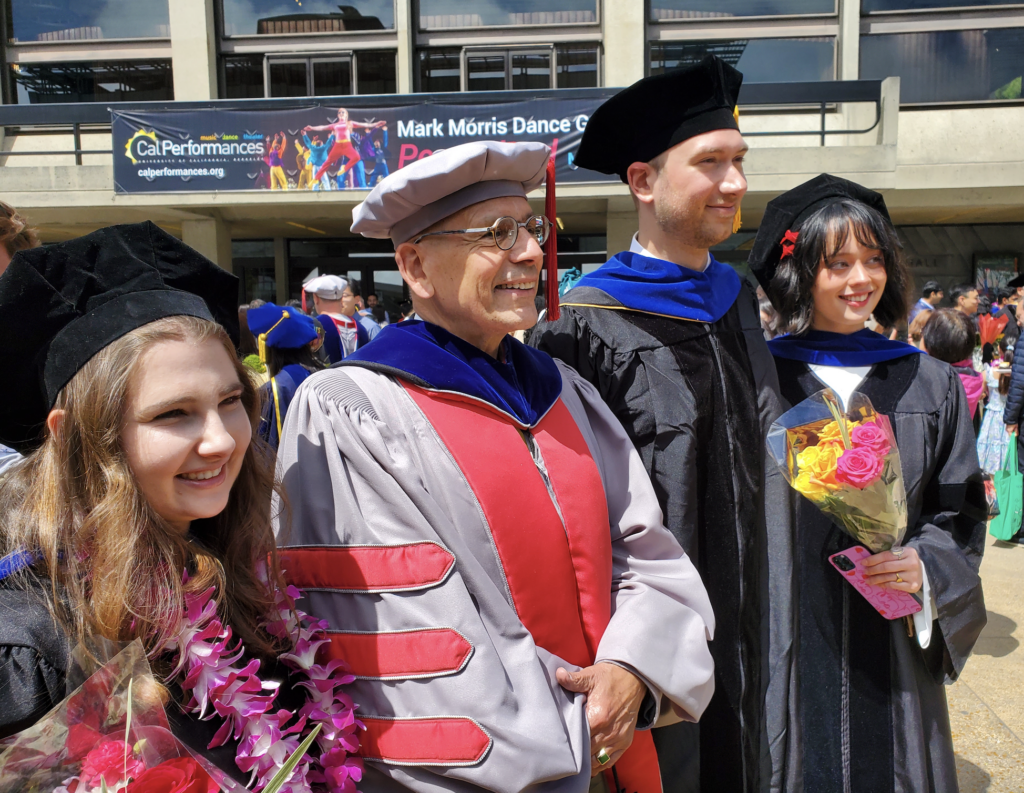
Model-independent search results published in the Astrophysical Journal Letters
The paper titled, A Model-independent Radio Telescope Dark Matter Search in the L and S Bands has been published in the Astrophysical Journal Letters. This paper, authored by Aya Keller, Nicole Wolff and Karl van Bibber, capitalizes the decay and annihilations of Ultralight Bosonic Dark Matter to search a quasimonochromatic radio line and its Doppler shifts due to Earth’s motion in the Milky Way Galaxy. The search spans L and S bands amounting to a frequency range of 1070 – 2700 MHz. The authors plan to extend this idea to C and X bands in the future.
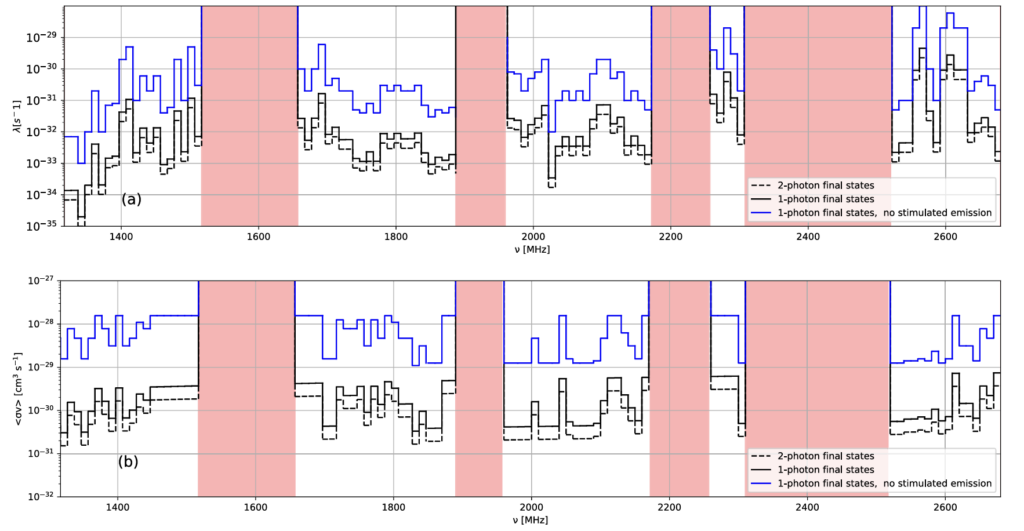
HAYSTAC Phase II paper was highlighted as the editor’s suggestion
The paper titled, “Dark matter axion search with HAYSTAC phase II” by Xiran Bai et al. has been published in Physical Review Letters. This publication was highlighted as the editor’s suggestion; only one in six letters makes it onto this list. The experiment is currently preparing for phase III and will employ a 7-rod cavity. This phase is expected to cover a higher frequency range.

DOE QuantISED 2.0 Proposal Awarded
A proposal submitted by UC Berkeley, Yale, Johns Hopkins, Temple and Oak Ridge National Laboratory, titled “Toward High-Mass Axion Searches with Plasma Haloscopes,” was one of 11 proposals selected for funding by the DOE Office of High Energy Physics. This $4.75M grant will support superconducting metamaterial resonator development, millimeter-wave amplifiers and R&D in support of the ALPHA experiment.
Mackenzie Wooten presents ALPHA poster at Quantum Connections 2024
Berkeley featured prominently at the XIIIth Quantum Connections Summer School (June 9-22, 2024) on Lidingo outside of Stockholm, organized by Frank Wilczek. Mackenzie Wooten presented a poster on the ALPHA experiment, currently under construction at Yale. Karl van Bibber gave a series of four lectures on “Quantum Sensing and Photonics in the Hunt for Dark Matter” during the first week. The school was attended by 50 graduate students from around the world.
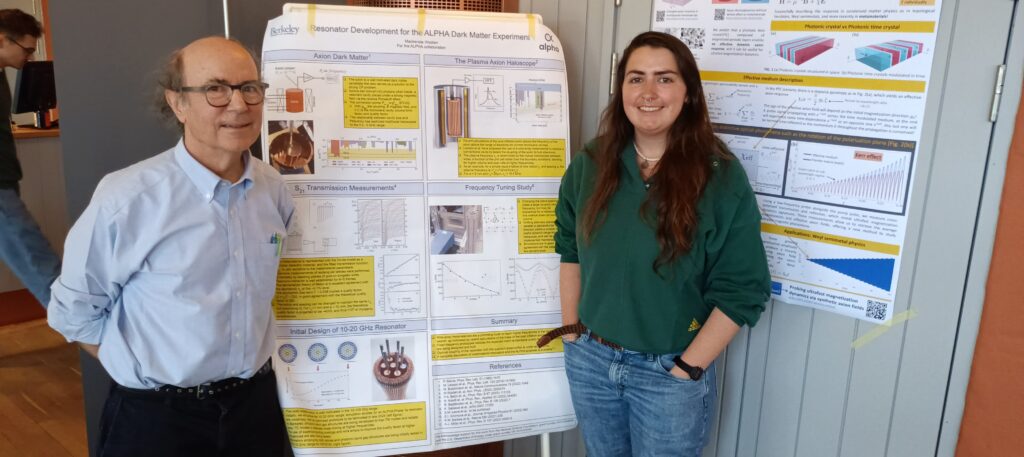
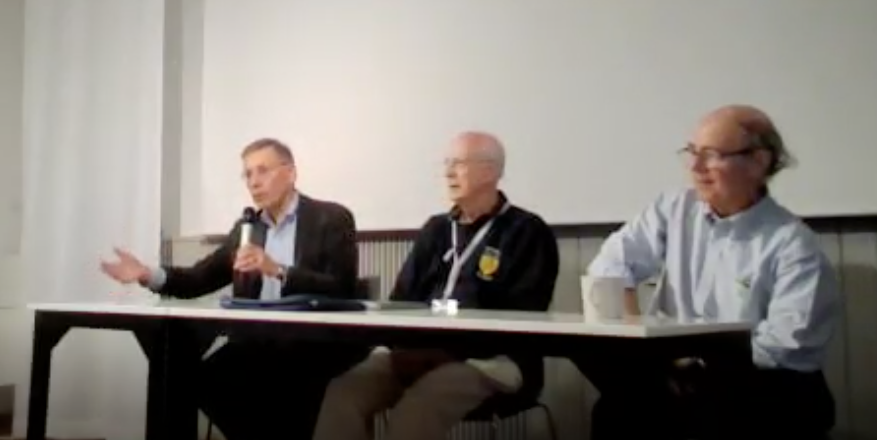

APS April Meeting 2024

Berkeley Axion Works was represented in six talks at the APS April meeting in Sacramento, CA. Pictured left to right: Aarav Sindhwad, Dillon Goulart, Heather Jackson, Aya Keller, Karl van Bibber, Alex Droster, Nolan Kowitt.
Team awarded $3.7M to build a next generation haloscope to search for the post-inflation axion
In Fall 2022, a consortium of the Simons Foundation, the Alfred P. Sloan Foundation, the John Templeton Foundation and the Gordon and Betty Moore Foundation published a solicitation seeking to make profound advancements in physics by means of Small-Experiments of “table-top” size. The proposal “A Plasma Haloscope for the Post-Inflation Axion” (Karl van Bibber, P.I.) has been announced as one of the 11 awardees among hundreds of initial proposals, for which a total of $30M over five years has been pledged by the foundations. The proposal is to build a metamaterial resonator-based experiment, to be sited at Yale, in an existing 16 Tesla magnet (see above), called ALPHA. The overall collaboration comprises eleven institutions, additionally including Yale, Colorado, MIT, Johns Hopkins, Wellesley, Arizona State, Stockholm, ITMO, Cambridge universities, and Oak Ridge National Laboratory. Further information is found here.
The search is motivated by increasingly sharp predictions for the mass of the axion by the group of Berkeley Professor Ben Safdi. In the scenario where Peccei-Quinn symmetry breaking occurs after Inflation; in this situation the axion mass corresponding to the dark matter density of the Universe can be determined by supercomputer simulations of the evolution of the network of axion strings over cosmic history. For further information, see UC Berkeley news articles here and here.
“Tunable wire metamaterials for an axion haloscope” N. Kowitt et al., published in Physical Review Applied.
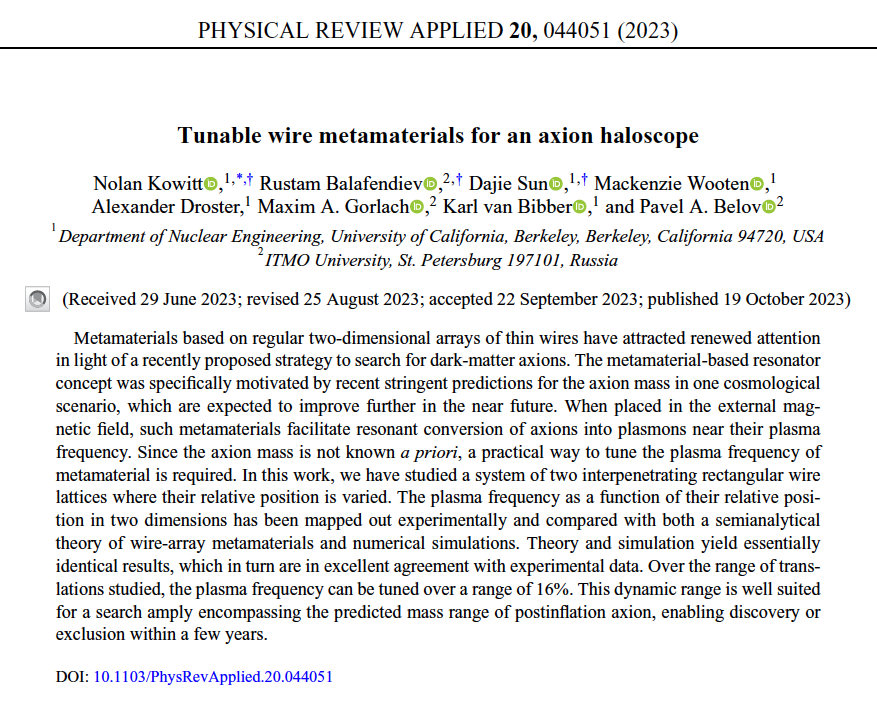
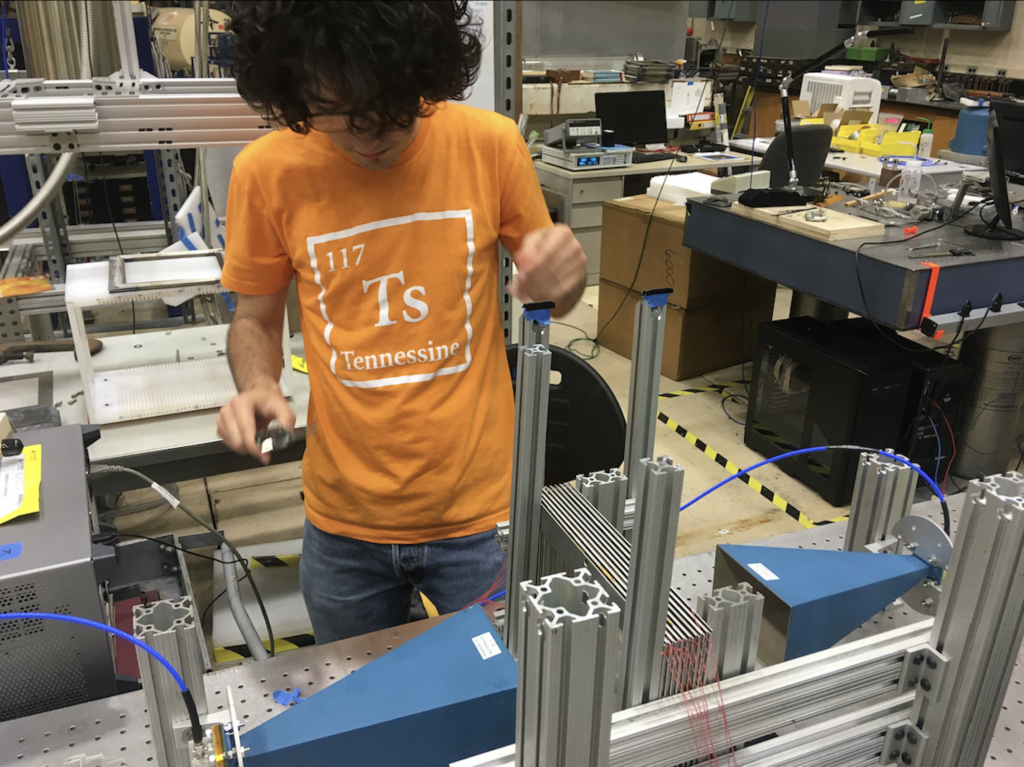
This paper reports a study of how wire array metamaterials may be tuned by modifying their unit cell. Extensive measurements were carried out by our group at Berkeley, and compared with both simulations and a semianalytical theory by our collaborators at ITMO St. Petersburg. The first author is Nolan Kowitt, one of our own undergraduates. Congratulations, Nolan!
Alexander Leder joins the LEGEND experiment at LANL
After five years with the van Bibber group, Alexander Sebastian Leder has accepted a staff scientist position at Los Alamos National Lab. He will be working on the LEGEND experiment searching for neutrinoless double-beta decay. Congratulations Sebastian! Left to right: Pablo Castano, Dillon Goulart, Andrei Dones, Alexander Sebastian Leder.
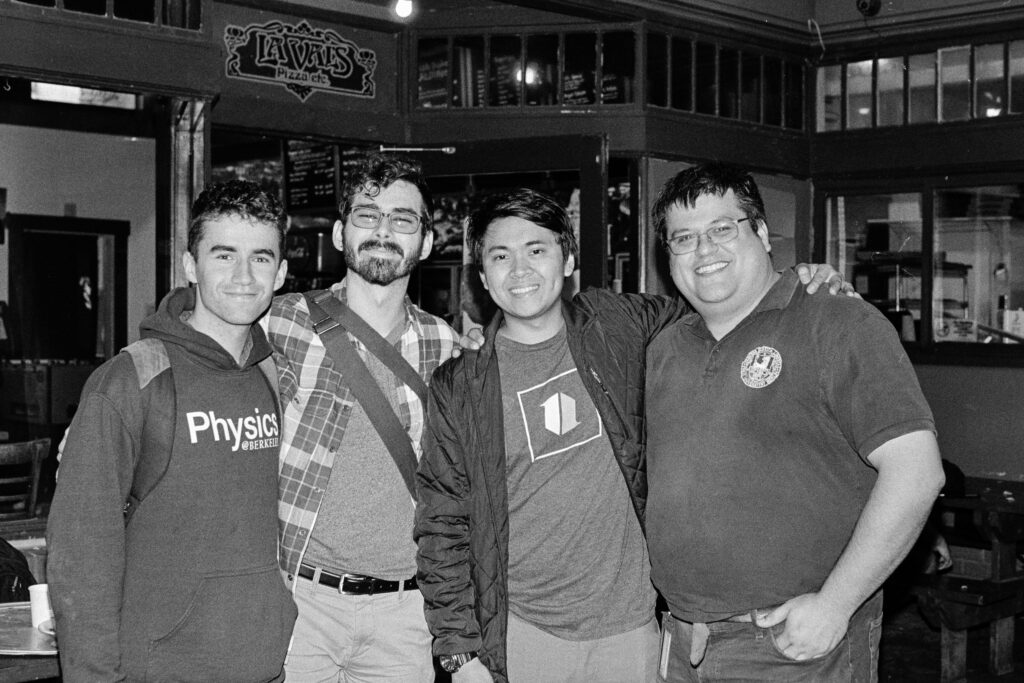
“New Trends in Axion Searches and ALPHA”
Karl van Bibber presents lecture “New Trends in Axion Searches and ALPHA” at the Galileo Galilei Institute for Theoretical Physics conference ‘Axions across boundaries between Particle Physics, Astrophysics, Cosmology and forefront Detection Technologies’, June 5-9, 2023, Arcetri, Florence.
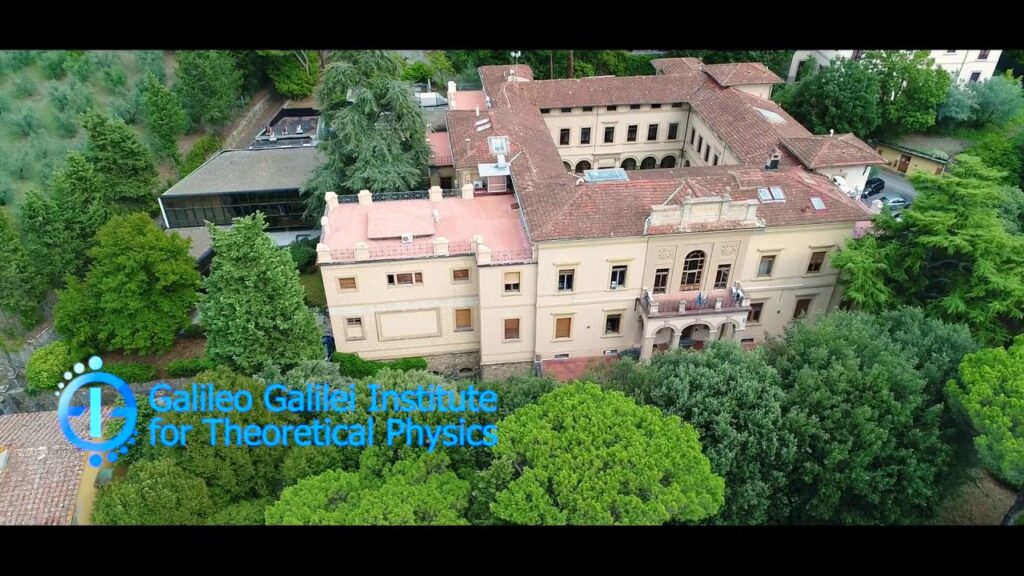
Berkeley axion group well represented at UCLA Dark Matter 2023
The biennial UCLA Dark Matter meeting had its first in-person meeting since 2018, the hiatus owing to the pandemic, but interest was as strong as ever, with over 200 attendees from around the world. Aya Keller gave a well-received plenary talk “An L- and S-Band Search for Ultralight Dark Matter Using Green Bank Telescope Data”; and posters prepared by Nolan Kowitt “Exploration of Wire-Array Metamaterials for the Plasma Axion Cavity”, and Alex Leder “DMRadio-50 Experiment Status and Overview” attracted much interest at the opening reception.
ALPHA collaboration white paper on a metamaterial-based axion haloscope published in Physical Review D.
The paper by Mackenzie Wooten et al. “Exploration of Wire Array Metamaterials for the Plasma Axion Haloscope” has been published in Annalen der Physik (January 15, 2023) 2200479.
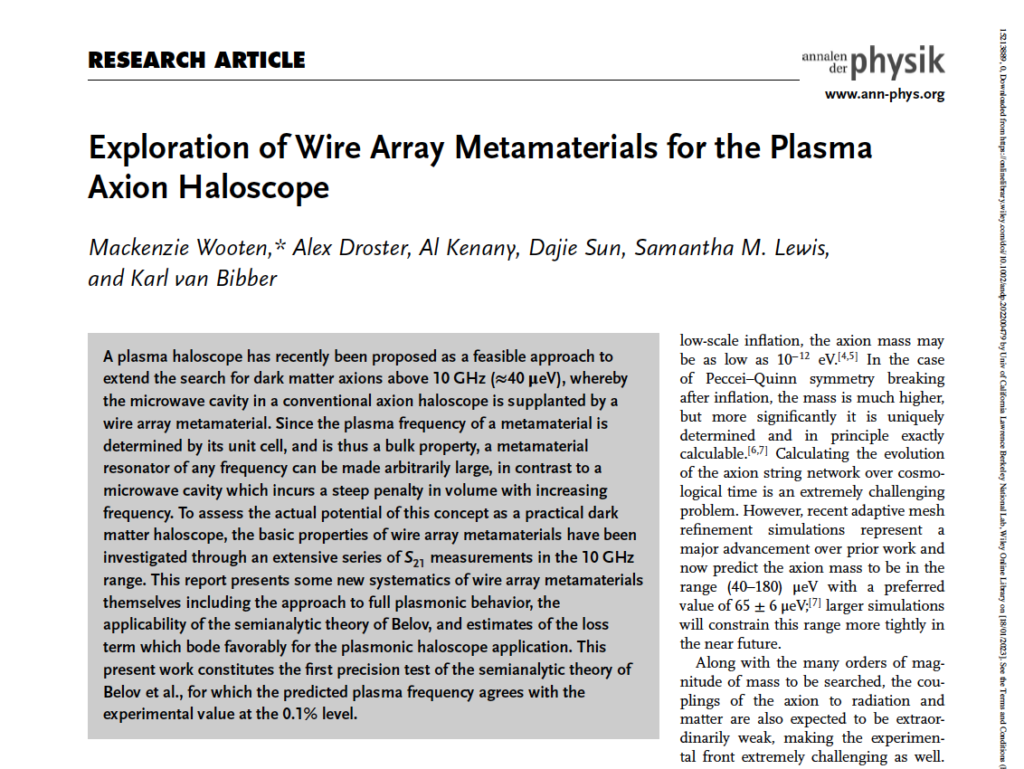
Precision measurement of In-115 Spectra sets world leading limit on half-life and picked as DOE Research Highlight
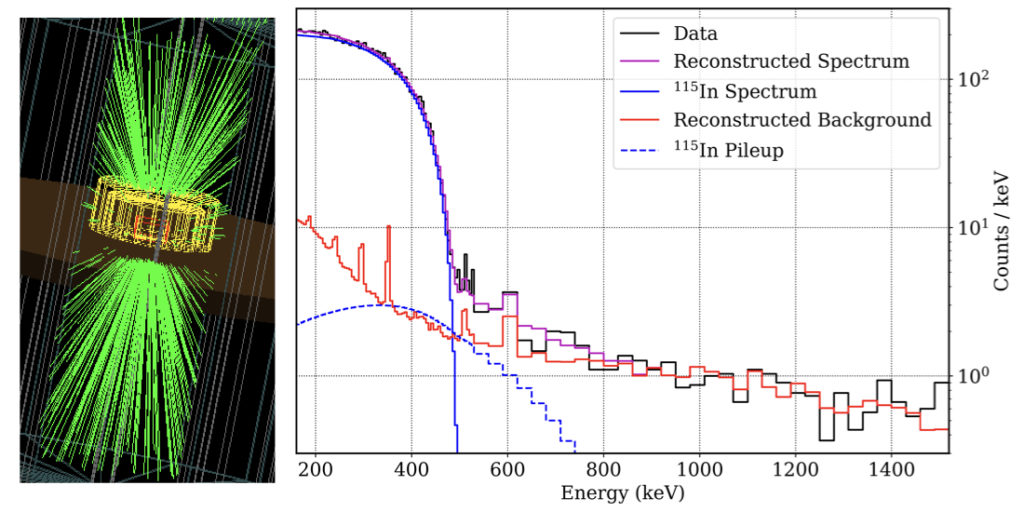
Alumna Samantha Lewis Appointed Assistant Professor at Wellesley College
Former group member Samantha Lewis (BS MIT 2015, PhD Berkeley 2020) has just accepted a position as Assistant Professor of Physics at Wellesley College, to begin July 1, 2023. Sami joined our group in 2015 to perform a microwave cavity upgrade and characterization for HAYSTAC, and develop a tunable photonic band gap resonator. She subsequently designed and built a compact THz-driven electron gun for Ultrafast Electron Diffraction at SLAC. Currently she is a postdoc at FNAL, where her research involves qubit-based quantum sensing and microwave cavity development for axion searches. We look forward to continued collaboration with her in the future. Congratulations, Sami!
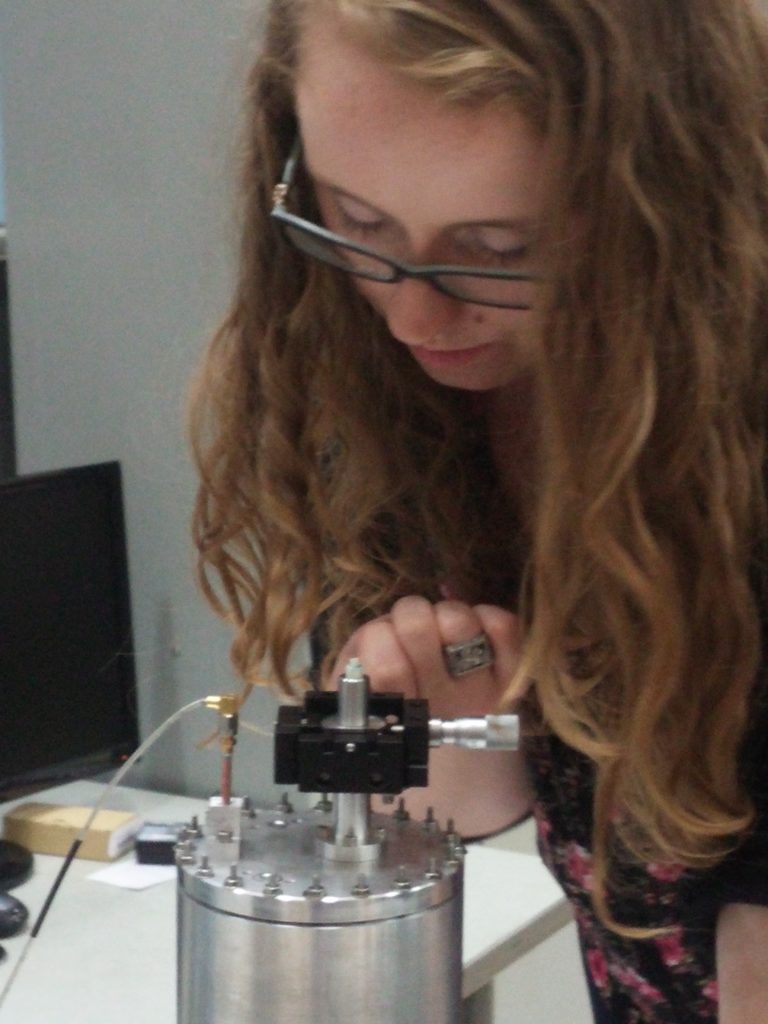
Dr. Johny Echevers joins our group as a postdoc
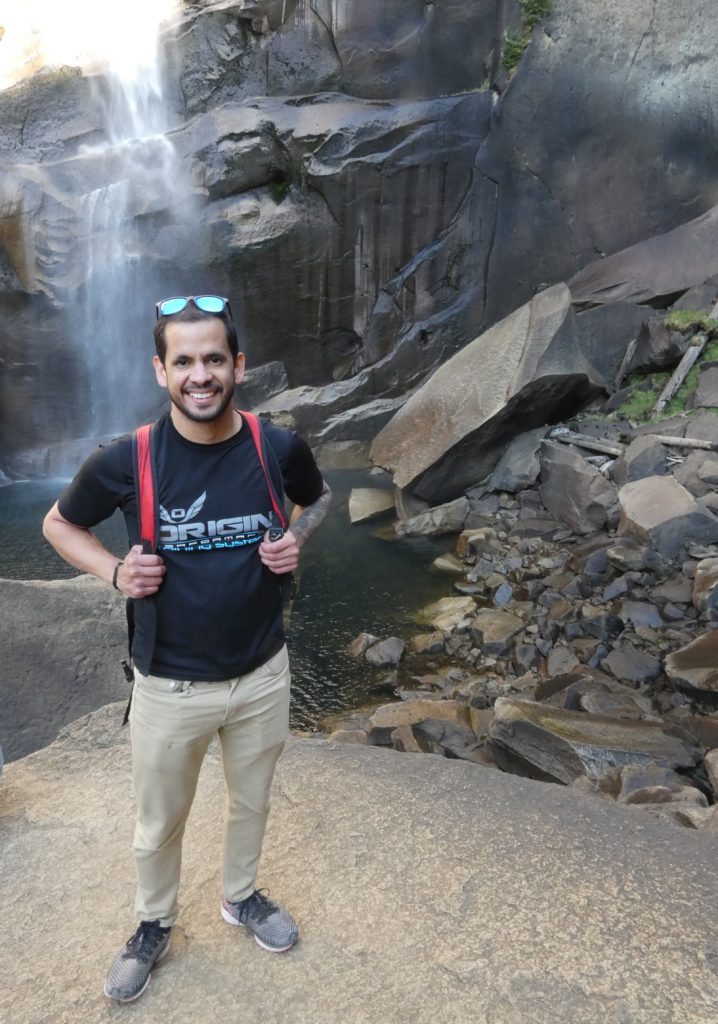
Johny joins us from the University of Illinois, where he completed his Ph.D. thesis on the EXO experiment “A Search for Lorentz and CPT Violations in Double-Beta Decay with the Complete EXO-200 Dataset” under Professor Liang Yang. Welcome Johny!
Inaugural ALPHA collaboration meeting at ORNL
A large contingent of our group attended the inaugural meeting of the ALPHA collaboration at Oak Ridge National Laboratory, October 21-22, 2022, and made presentations on our R&D on metamaterial resonators to be used in this experiment. The meeting, which attracted 50 attendees from around the world, kicked off planning a very high mass (> 10 GHz) dark matter axion search with the large 13 T magnet to be shipped to ORNL from the Helmholtz Zentrum Berlin in 2023. Wire-array metamaterials are a promising technology as resonators for the Sikivie-type axion search at frequencies above where microwave cavities are no longer practical.

DM Radio papers published
Two publications have recently appeared in Physical Review D, one on the cubic-meter version of DM Radio, in advanced design stage and currently under review by the Department of Energy, and the other on the design of a future much larger scale experiment to search down to neV mass axions.
- DMRadio-m3: A Search for the QCD Axion Below 1 μeV, L. Brouwer, et al., Physical Review D 106 (2022) 103008, arXiv:2204.13781
- Proposal for a definitive search for GUT-scale QCD axions, L. Brouwer, et al., Physical Review D 106 (2022) 112003, arXiv:2203:11246
Graduate Textbook on Ultralight Dark Matter published
A graduate textbook on axions and other ultralight dark matter candidates, “The Search for Ultralight Bosonic Dark Matter” (editors Derek F. Jackson Kimball and Karl van Bibber) has recently been published by Springer. Group alumna Maria Simanovskaia, along with Gianpaolo Carosi and Karl van Bibber also contributed a chapter “Microwave Cavity Searches”.
Group alum Nicholas Rapidis wins a Best Presentation award at IDM 2022
Nicholas Rapidis (UC Berkeley B.S. 2019) and former group member was awarded one of three Best Presentation awards at the 14th International Conference on the Identification of Dark Matter in Vienna. The title of his talk was “Status of DM Radio 50 L and Cubic Meter”.
Nicholas is currently entering fourth year of graduate work at Stanford University under Prof. Kent Irwin, Project Director of the DM Radio project, which will search for very low mass axions, and we are privileged to have continued collaborating with Nicholas since his graduation.

“A Model-independent Radio Telescope Dark Matter Search” published in the Astrophysical Journal – 03/01/22
“A quantum enhanced search for dark matter axions” in Nature – 02/11/21
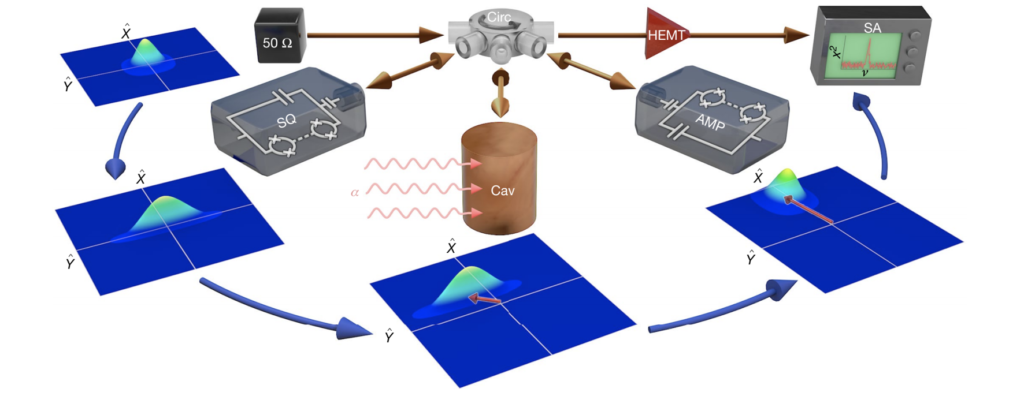
On February 10, 2021, “A quantum enhanced search for dark matter axions” was published by the journal Nature, along with accompanying articles from UC Berkeley, Yale University, and JILA.
